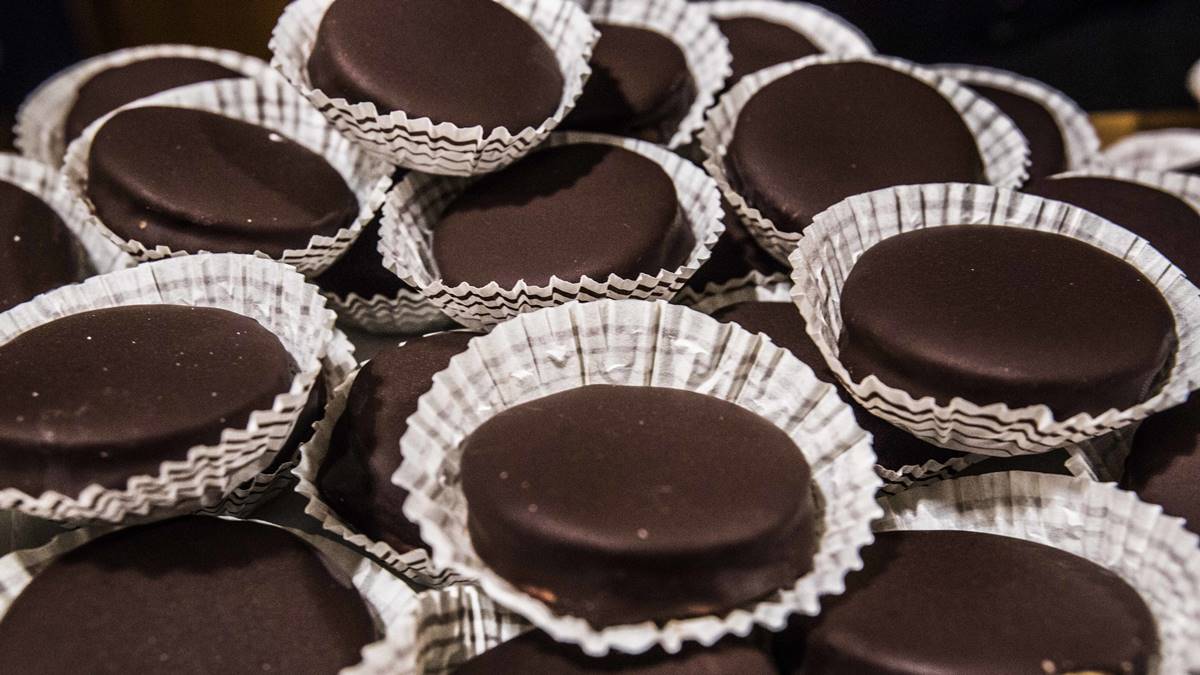When it comes to European desserts, Hungarian pastries and cookies hold a special place. They reflect centuries of culinary tradition, regional diversity, and the influence of both royal and peasant kitchens. While “cookie” might sound simple in English, Hungarian cookies are anything but – they range from delicate, nut-filled rolls to jam-sandwiched delights, buttery treats, and labor-intensive festive confections.
Let’s explore the world of Hungarian cookies, their history, cultural significance, and most beloved varieties.
A Sweet History Rooted in Tradition
Hungarian baking traditions go back hundreds of years, influenced by Austrian, Turkish, Slavic, and German cuisines. The Austro-Hungarian Empire played a major role in shaping what we now consider classic Hungarian sweets, with many cookies resembling or inspired by Viennese pastries.
However, the Hungarian countryside has long preserved its own unique recipes. Grandmothers passed them down by heart, using handfuls instead of grams, and baking was often a communal, celebratory act—especially during holidays like Christmas, Easter, or weddings.
Today, these cookies continue to evoke nostalgia and togetherness. No Hungarian Christmas table is complete without a platter of assorted homemade cookies.
What Defines a Hungarian Cookie?
Hungarian cookies—often called “sütemények” (baked goods) or “aprósütemények” (small cookies)—tend to have a few things in common:
-
Buttery or shortcrust doughs: Many recipes start with a rich, crumbly base made with flour, butter (or lard), sugar, and egg yolks.
-
Filling-focused: Whether it’s plum jam (szilvalekvár), apricot jam, ground walnuts, poppy seeds, or sweet cottage cheese, fillings play a central role.
-
Labor of love: Many cookies require chilling, folding, rolling, or intricate shaping.
-
Presentation matters: These cookies are often small, dainty, and arranged neatly—reflecting the Hungarian love of aesthetics and tradition.
Now, let’s dive into some of the most iconic Hungarian cookies you might encounter.
Popular Types of Hungarian Cookies
1. Kifli – Crescent-shaped cookies
Kifli is a broad category, but when it comes to cookies, it often refers to diós kifli (walnut-filled) or mákos kifli (poppy seed-filled) pastries. These crescent-shaped treats are made from rolled dough, filled with sweetened nuts or poppy seeds, and baked until golden. They’re soft, slightly crumbly, and dusted with powdered sugar.
A popular variation is the vaníliás kifli – vanilla crescent cookies made with ground almonds or walnuts, often found in Central European holiday traditions.
2. Isler – The Hungarian sandwich cookie
Named after Bad Ischl, Austria, the Isler (or Ischler) has been fully embraced by Hungarian patisseries. It consists of two buttery shortbread discs, filled with apricot jam or chocolate ganache, and dipped in dark chocolate. It’s rich, elegant, and commonly found in bakeries across Hungary.
3. Linzer cookies – “Linzerkarika”
Another Austrian-influenced favorite, Linzerkarika features two cookie layers—one with a hole in the center—sandwiched with fruit jam and dusted with powdered sugar. Raspberry and apricot are the most traditional fillings. They’re especially popular during Christmastime.
4. Mézeskalács – Hungarian gingerbread
While technically more of a holiday treat than a cookie, mézeskalács is a festive essential. These honey-spice cookies are similar to gingerbread and are often elaborately decorated with icing. Unlike the harder German Lebkuchen, Hungarian versions are typically softer inside and more fragrant thanks to cinnamon, cloves, and ginger.
Mézeskalács has a deep cultural connection with Hungarian folk art and is often used for decoration, gifting, and even wedding favors.
5. Zserbó szelet – Gerbeaud slices
Although more of a layered bar than a traditional cookie, zserbó is a staple on holiday dessert trays. It was named after the Swiss pastry chef Émile Gerbeaud, who worked in Budapest during the 19th century.
Zserbó features layers of yeasted dough filled with apricot jam and ground walnuts, topped with a rich chocolate glaze. Once cooled, it’s cut into small squares or bars. Rich, sticky, and deeply satisfying.
6. Hókifli – “Snow crescent” cookies
Similar in shape to kifli, hókifli are small crescent cookies often filled with nuts and rolled in powdered sugar while still warm, giving them a snowy appearance. Their texture is melt-in-your-mouth tender, and they are a cherished Christmas treat.
Hungarian Cookies in Modern Times
Despite the rise of store-bought pastries and international desserts, homemade Hungarian cookies remain deeply rooted in family life. They appear at:
-
Weddings – Miniature cookies are displayed in decorative towers or platters.
-
Name days and holidays – Especially Easter and Christmas.
-
Funerals and memorials – Sweet pastries are part of the remembrance.
-
Sunday lunch dessert trays – A mix of cookies is served with coffee after meals.
Baking these cookies is also a way to preserve cultural identity among Hungarian communities abroad. In cities with large Hungarian populations—such as Cleveland, Toronto, or Melbourne—one can still find specialty shops selling kifli or isler cookies made using old family recipes.
Where to Find Hungarian Cookies
If you want to taste authentic Hungarian cookies, you can:
-
Visit Hungary – Local bakeries (cukrászdák) and cake shops offer a wide selection.
-
Explore European markets – Seasonal fairs, like the Budapest Christmas Market, feature freshly baked treats.
-
Try making them at home – Plenty of recipes are available online, many handed down through generations.
-
Order from specialty bakeries – Some international shops and online stores cater to Central European sweets lovers.
Final Thoughts – A Sweet Legacy
Hungarian cookies are much more than just desserts. They represent tradition, family, and the joy of sharing. Each cookie tells a story—of grandmothers’ kitchens, festive preparations, and childhood memories filled with flour-dusted counters and the smell of vanilla and nuts.
Whether you bite into a jam-filled isler or a sugar-dusted hókifli, you’re not just enjoying a treat—you’re tasting a piece of Hungarian culture.
So the next time you hear “Hungarian cookies,” don’t think only of something simple with your coffee. Think of history, craftsmanship, and love—all baked into a few perfect bites.
Photo: https://commons.wikimedia.org/wiki/File:Isler.jpg
